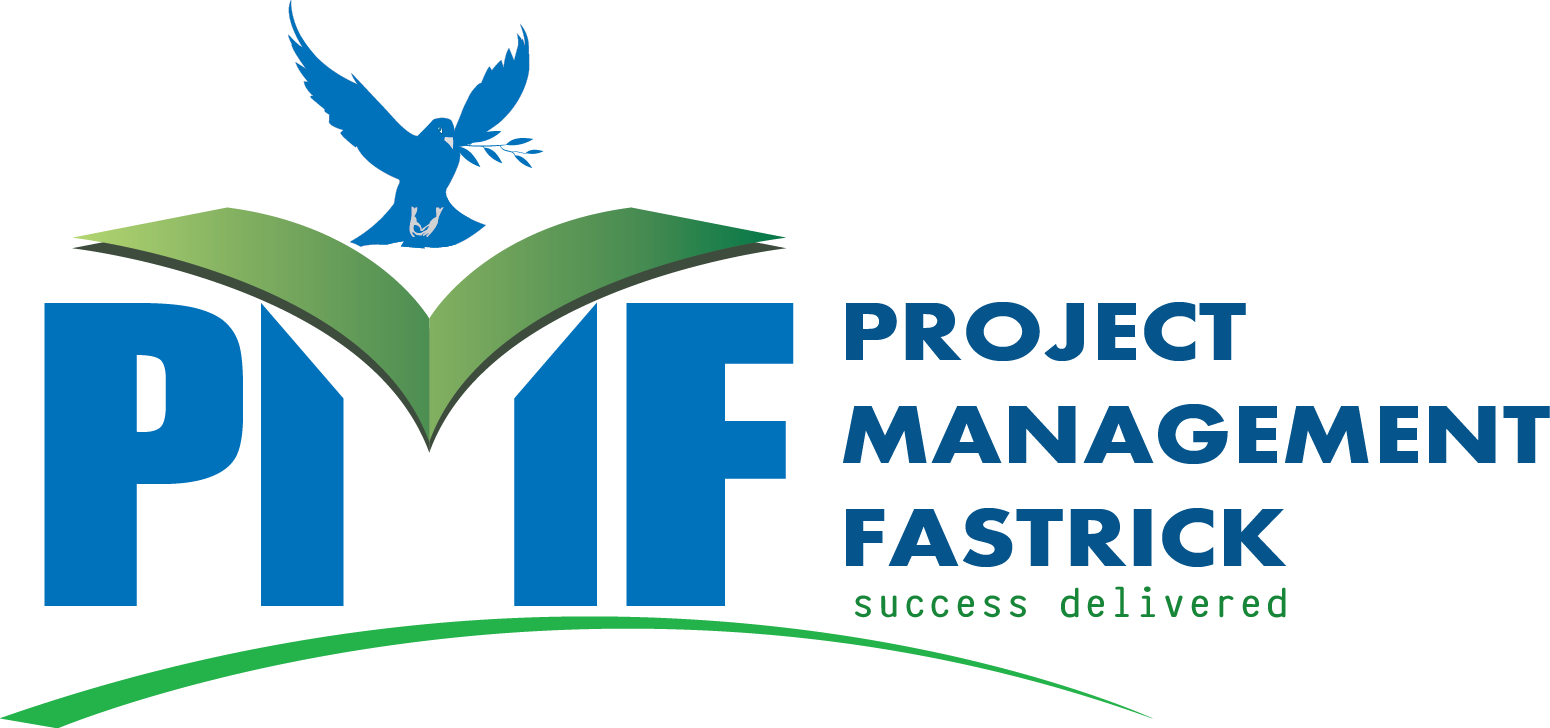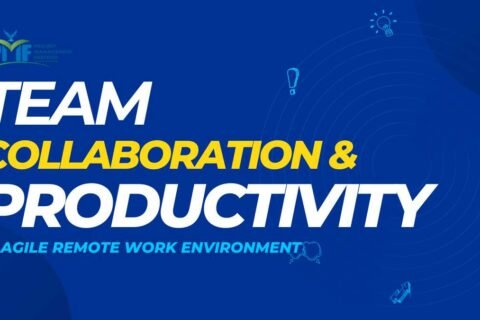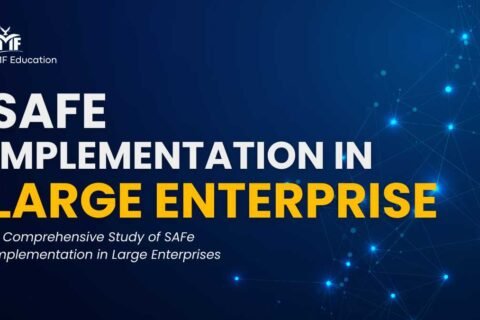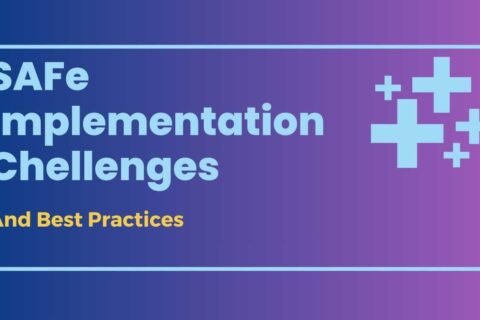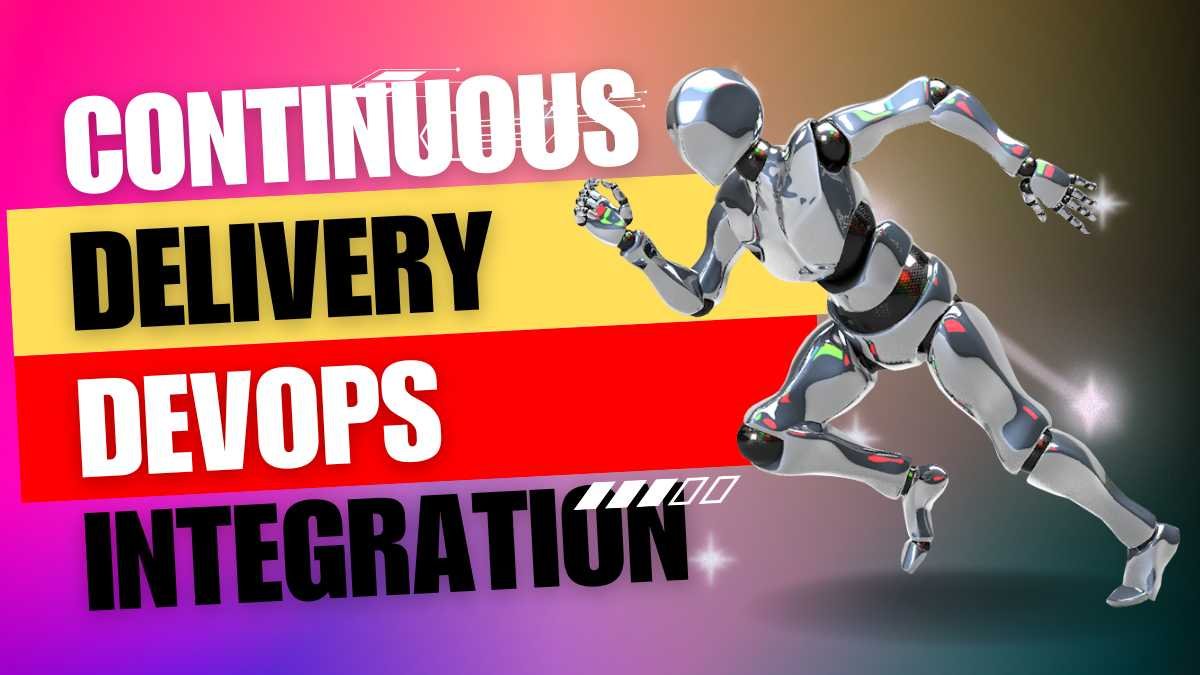
Continuous Delivery and DevOps Integration with SAFe: Enhancing Agile Practices
The ever-evolving software development landscape demands efficient and collaborative approaches. This paper explores how integrating Continuous Delivery (CD) and DevOps principles with the Scaled Agile Framework (SAFe) can significantly enhance agile practices. We delve into the core concepts of CD, DevOps, and SAFe, examining the synergies between them. We further explore the benefits of this integration, potential challenges, and best practices for successful implementation.
1. Introduction
Traditional software development methodologies often struggle with the rapid pace of change in today’s business environment. Agile methodologies, emphasizing iterative development and continuous feedback, offer a solution for faster delivery and increased responsiveness. However, scaling agile practices across large enterprises presents a challenge. This paper explores how integrating Continuous Delivery (CD) and DevOps principles with the Scaled Agile Framework (SAFe) can address this challenge and empower organizations to achieve enterprise-wide agility.
2. Core Concepts
- Continuous Delivery (CD): An automated software release and deployment process that allows for frequent delivery of new features and bug fixes with minimal risk. Key principles include automated testing, infrastructure provisioning, and configuration management.
- DevOps: A cultural and methodological shift that promotes collaboration and shared responsibility between development (Dev), operations (Ops), and other stakeholders throughout the software delivery lifecycle.
- Scaled Agile Framework (SAFe): A set of practices and patterns for scaling lean and agile principles across large enterprises. It provides a framework for organizing teams, artifacts, and workflows to deliver value more quickly and efficiently.
3. Synergies Between CD, DevOps, and SAFe
- Alignment with Agile Principles: All three approaches share core values with agile methodologies, including iterative development, continuous improvement, and customer focus. Integrating them reinforces these principles and unlocks their full potential.
- Streamlined Value Delivery: CD automates the release pipeline, enabling faster and more frequent delivery of value to customers. DevOps fosters collaboration, breaking down silos between development and operations,further streamlining the delivery process. SAFe provides a structured framework to manage this continuous delivery pipeline at scale.
- Improved Quality and Reliability: Automation inherent in CD reduces errors and inconsistencies. DevOps emphasizes proactive monitoring and feedback loops, leading to higher quality software releases.
- Increased Innovation: Faster delivery cycles allow for rapid experimentation and feedback, fostering a culture of innovation and continuous improvement.
4. Benefits of Integration
- Faster Time to Market: Delivering features and functionalities more frequently enables organizations to capitalize on market opportunities and gain a competitive edge.
- Enhanced Customer Satisfaction: Continuous feedback allows for quick adaptation to customer needs and preferences, resulting in a more satisfying customer experience.
- Improved Risk Management: Smaller, incremental releases minimize the risk associated with major deployments.
- Increased Team Productivity: Automation and streamlined processes free up developer time, allowing them to focus on higher-value activities.
5. Challenges and Considerations
- Cultural Shift: Implementing these practices requires a cultural shift within the organization, breaking down silos and promoting collaboration.
- Technical Debt: Existing technical debt can impede the smooth adoption of CD practices. Addressing technical debt should be part of the overall strategy.
- Scaling Challenges: Scaling CD and DevOps practices across a large organization can be complex. SAFe provides a framework to manage this complexity.
- Metrics and Measurement: Establishing clear metrics to measure the success of the integration and track the impact on business outcomes is crucial.
6. Best Practices for Implementation
- Start Small and Scale Incrementally: Begin by implementing CD and DevOps practices in a single team or project and gradually expand across the organization.
- Focus on Automation: Automate as many aspects of the delivery pipeline as possible to reduce manual errors and improve efficiency.
- Invest in Infrastructure and Tools: Modern infrastructure and tools that support automation and continuous integration/delivery are essential for success.
- Foster Collaboration and Communication: Break down silos between teams and departments. Promote open communication and collaboration throughout the software delivery lifecycle.
- Establish Continuous Improvement: Treat the integration of CD, DevOps, and SAFe as an ongoing journey of continuous improvement. Regularly measure progress, identify areas for improvement, and iterate on your approach.
7. Case Studies and Real-World Examples
Include case studies of organizations that have successfully integrated CD, DevOps, and SAFe to showcase the tangible benefits achieved.
8. Conclusion
Integrating Continuous Delivery, DevOps, and SAFe provides a powerful approach for enhancing agile practices and achieving enterprise-wide agility. By automating the release process, fostering collaboration, and providing a structured framework for scaling, organizations can deliver value faster, improve quality, and gain a competitive edge. However,successful implementation requires careful planning, a focus on cultural change, and a commitment to continuous improvement.
